Introduction: A July 4th Like No Other
*LOVE Our Probing Articles? Honest, Inspiring, Healing, Insightful, Comedic? Support Us as you wish by Purchasing Original Healthy Musical Downloads!
As the United States approaches July 4, 2025, citizens are gearing up for an Independence Day celebration unlike any other. The air is thick with anticipation and an unmistakable sense of humor, as Americans prepare not just to commemorate their freedom, but to revel in the delightful absurdities and unpredictable chaos that characterize contemporary life. This year’s festivities promise to blend traditional patriotic elements with a remarkably bold dose of political satire, encapsulating the unique trials and tribulations faced by a nation in flux.
With an ever-changing political landscape laden with tension and controversy, the upcoming July 4th presents a perfect backdrop for both critique and celebration. The current climate is fraught with uncertainty, prompting many to use humor as a tool for coping and commentary. From bombastic fireworks to ironic expressions of freedom, the celebrations will undoubtedly reflect the nation’s humorous take on its own blunders and the ludicrous situations that have dominated headlines. It is within this novella of national character that we find our comedic elements, ready to embrace the quirks that pervade modern democracy.
The festivities on this monumental day will likely include a myriad of events designed to highlight the paradoxes and contradictions that America grapples with today. Family barbecues might feature impromptu skits lampooning elected officials, while local parades may feature floats that satirize pivotal moments in the country’s history. Using various forms of performance art, participants can examine key issues through a comedic lens, transforming potential grievances into opportunities for laughter and reflection.
As the nation gears up for a July 4th celebration laden with humor, chaos, and a healthy dose of satire, one thing is clear: this Independence Day will be a distinctive blending of past, present, and a touch of the absurd, ensuring that the spirit of freedom endures through both thrills and laughs.
The Characters: Trump and His Entourage
In this parody of Independence Day, Donald Trump emerges as the central figure, bringing an entourage that amplifies the humorous nature of the event. Known for his larger-than-life personality, Trump personifies the quintessential blend of bravado and theatricality. His notorious penchant for grandiloquent speeches adds an unpredictable layer to the gathering, where grand proclamations are often intertwined with unexpected blunders. This depiction leans heavily on his quirky mannerisms and catchphrases that have become synonymous with his public image.
Trump’s dialogue is laced with hyperbole, reflecting his unique brand of communication. The portrayal includes his instinctive tendency to dominate conversations, often veering off on tangents laden with self-promotion and absurd comparisons. This comedic strategy not only lightens the nationalistic fervor expected on such a day but positions Trump as an unwitting jester, drawing laughter from those who witness his antics.
Joining Trump is an array of exaggerated characters from his political circle, each embodying distinct traits that contribute to the surrounding chaos. Advisors dressed in flamboyant attire stick close to him, offering a comedic mix of inept suggestion and unwavering loyalty, much like loyal subjects surrounding a king. Figures such as his former press secretary and comedic takes on prominent Republicans make appearances, often misinterpreting Trump’s directives, resulting in a series of errors that highlight the absurdity of political life.
Through this gathering, the satire extends beyond Trump himself to encompass his entire entourage, illustrating a chaotic yet comical representation of political sycophants. Their exaggerated portrayals serve to critique the often over-the-top nature of political spectacles, reminding us that amid the solemnities of independence, laughter and folly coexist — if not thrive. This character-driven narrative ultimately sets the stage for a July 4th filled with unforeseen turns and entertaining blunders.
The Setting: Florida’s Swampfest Celebrations
As the sun rises on the vibrant day of July 4th, 2025, the state of Florida transforms into a lively carnival known as Swampfest. This peculiar festival, renowned for its unusual blend of nature and mirth, draws in locals and tourists alike, eager to partake in an experience that is as chaotic as it is entertaining. The air is thick with humidity as the sounds of laughter and revelry permeate the landscape, punctuated by the rhythmic croaking of frogs and the occasional splash from the marshy waters.
Swampfest is a spectacle characterized by its quirky festivities that celebrate Florida’s unique ecosystem. Among the highlights are grand parades featuring floats adorned with animated alligators and anacondas, creatively depicting the region’s wildlife. The presence of these creatures is more than mere decoration; they serve as symbols of the state’s adventurous spirit. As participants don vibrant costumes, a cacophony of colors fills the scene, reflecting an atmosphere that is both colorful and unpredictable. Live music, ranging from country twangs to funky beats, encourages attendees to dance as they weave through the festival’s busy pathways.
Food stalls teem with vendors selling an array of unusual delicacies, from deep-fried gator bites to swamp-inspired smoothies, offering a taste of the eccentricities associated with the Floridian cultural landscape. Enthusiastic individuals engage in games like swamp wrestling and sonar dodgeball, adding an element of hilarity to the occasion. Only in Florida could independence be celebrated amidst such a blend of nature’s wonders and human folly, creating a setting that perfectly encapsulates the comedy of errors that will unfold during this peculiar holiday.
The Parade of Follies: Political Blunders on Display
On this Independence Day, as we celebrate the birth of our nation, we also take a moment to reflect on the humorous absurdities that have marked the political landscape over the years, particularly during the Trump administration. Imagine a grand parade filled with exaggerated floats that embody some of the most notorious political blunders, providing a comedic twist to events deeply rooted in history.
First, we have the float representing the infamous border wall initiative—an oversized, comically unfinished structure festooned with bright, absurd decorations. Instead of a secure border, this float is filled with inflatable taco trucks and piñatas representing the summit of diplomacy and negotiation gone awry. As the float makes its way down the parade route, onlookers can’t help but chuckle at the irony of the once-prominent pledge that became synonymous with dissatisfaction.
Next, we cannot forget the float dedicated to the administration’s handling of the COVID-19 pandemic. This whimsical creation resembles a giant bottle of hand sanitizer, complete with oversized gloves and masks dancing atop the float. Clowns dressed as essential workers juggle props illustrating the confusion of early messaging, showcasing the misunderstandings that arose amidst serious public health challenges. The laughter from the crowd speaks volumes about shared experiences during a time that tested the entire nation.
Another remarkable feature of this parade is the float representing the controversies surrounding foreign relations. This float is a caricature of a presidential phone call, with enormous figures personifying world leaders engaged in absurd conversations, emphasizing the blunders that muddled our diplomatic ties. Mismatched outfits and clownish gestures bring a light-hearted touch to what are typically grave international dealings.
Overall, this whimsical portrayal of political missteps transforms weighty issues into laughable moments, allowing us to reflect on the follies of governance while embracing the spirit of Independence Day. While the blunders may have caused concern, the parade serves to remind us that humor can shine a light on our political landscape’s absurdities.
The ‘King Kong’ Complex: Handling Tantrums and Egos
In the landscape of modern politics, few figures have managed to capture attention and provoke strong reactions quite like Donald Trump. Often likened to ‘King Kong,’ he embodies a complex relationship with power—one that is entangled with blatant narcissism and a volatility that can disrupt any celebration, including Independence Day festivities. This metaphor elucidates how his larger-than-life persona overshadows events, reflecting broader themes of control and influence that permeate the political sphere.
The ‘King Kong’ complex encapsulates not only Trump’s erratic behavior but also how such behavior influences public perception and political discourse. His temperamental outbursts can serve as a double-edged sword, drawing followers who admire his boldness while alienating those who find his style of leadership disconcerting. This dynamic creates a tension that can affect festive occasions significantly, where unity and patriotism are typically celebrated. When leaders latch onto their ego-driven narratives, the outcomes can spiral into misunderstandings and conflict, diverting focus from collective enjoyment to personal grievances.
Tantrums, in this context, can be viewed as a reflection of deeper political dynamics—often showcasing a struggle for power and control. The King Kong analogy offers an insight into how leaders can reveal their vulnerabilities, with reactions that stem from insecurity rather than strength. Political gatherings, meant to be celebratory, can quickly devolve into platforms for personal agenda, where the spirit of Independence Day becomes secondary to an individual’s ego. The resulting atmosphere can leave many feeling disenchanted, reflecting on the need for temperance amidst leadership.
Understanding this complex interplay of personality and public life can clarify how we navigate celebrations intertwined with political implications. As we celebrate Independence Day, it is crucial to recognize the significance of unity, while also addressing how at times, the larger-than-life personas can lead to disarray, undermining collective joy and progress.
Humpty Dumpty Trump: The Fall and Rise of a Presidential Figure
In the landscape of American politics, few figures are as polarizing and emblematic as Donald Trump, whose journey can be aptly likened to that of Humpty Dumpty. Once perched high on the wall of political success, Trump experienced a dramatic fall that left his reputation in numerous pieces, much like our unfortunate nursery rhyme character.
Initially, Trump’s ascent to the presidency resembled a fairy tale, complete with a vibrant cast of supporters drawn to his audacious promises and brash demeanor. His rise in 2016 caught many off guard, as he deftly tapped into the frustrations of a significant portion of the electorate. However, the political stage is notoriously precarious, and Trump’s tenure was riddled with chaos, controversy, and increasingly theatrical events that showcased both his fortitude and his folly.
As with Humpty Dumpty, it appeared that once Trump fell from grace, the kings’ horses and men—his political allies and supporters—struggled to put the pieces back together again. The subsequent political landscape presented a series of blunders that left observers incredulous. Scandals, policy missteps, and an unprecedented second impeachment left American voters pondering whether this was the end of Trump’s chapter in politics. Attempts to regain his footing post-presidency seemed chaotic, as he unleashed a tirade of statements and rallies that often veered into the comical rather than reclaiming the dignity of a wise statesman.
In the realm of political spectacle, Trump’s efforts to revive his image amidst a fractured reputation have been nothing short of a comedy of errors. The ongoing attempts to reclaim influence highlight the absurdity of his journey, reminiscent of Humpty Dumpty’s quest to restore order after the great fall. Though many have attempted to understand the bizarre twists of his narrative, Trump’s paradoxical appeal continues to baffle and amuse, solidifying his unique place in the pantheon of American political figures.
Audience Reactions: Laughing Through the Madness
The celebrations on Independence Day, July 4, 2025, unfolded as a series of chaotic events, leaving spectators in a whirlwind of hilarity and disbelief. As the audience experienced the pandemonium, their reactions became a reflection of the absurdity surrounding them. From families with picnic baskets to groups of enthusiastic revelers decked out in red, white, and blue, laughter echoed through the air as people shared their whimsical anecdotes of the day’s mishaps.
One particularly memorable incident involved a float that, due to an unfortunate miscommunication, was adorned with an oversized inflatable turkey instead of an American eagle. The absurdity prompted chuckles from onlookers who dubbed it “the Thanksgiving Parade crash-landing on the Fourth of July.” Local residents shared their reactions on social media, posting videos that captured the joyous confusion as attendees tried to make sense of the unexpected sight.
Mock interviews conducted by local news stations further showcased the diverse perspectives of attendees. One mother, who was there with her children, expressed, “I thought the turkey was a new tradition! If nothing else, it’s a fantastic story to tell.” Meanwhile, a group of college students humorously remarked that the chaotic celebration felt like “an outtake from a reality show.” Their light-hearted assessments highlighted how humor often serves as a coping mechanism in the face of embarrassment or disappointment.
As the day progressed, it became clear that people found comfort in the shared madness of the occasion. It reflected the resilience of community spirit, showcasing how laughter can unite even during the most chaotic experiences. The Independence Day events, while marked by blunders, demonstrated that sometimes the unexpected elements of a celebration provide the most memorable moments, emphasizing the power of humor amidst the madness.
The Aftermath: When the Party Ends
The conclusion of Independence Day festivities often leaves a distinct mark on the nation, especially when the celebrations transcend the expected into the realm of the absurd. In the case of July 4, 2025, the chaotic events that unfolded during the festivities stirred a variety of reactions from the public and media alike. Social media platforms became hotbeds of discussion, with citizens expressing astonishment, humor, and disbelief at President Trump’s unique antics. Memes proliferated, showcasing his blunders and the efforts of citizens trying to make sense of the odd occurrences.
The aftermath saw a division of responses—some viewed the episode as a reflection of the current political climate, while others found joy in the surrealism of the day. The moments immediately following the celebration were punctuated by both laughter and outrage, as Americans processed the bizarre nature of the events. The traditional patriotic imagery was starkly contrasted by humorous interpretations of what went wrong, leading to a nationwide conversation about the nature of independence and the role of humor in politics.
The media played a pivotal role in shaping public perception, framing the day as both a patriotic celebration and a cautionary tale of what occurs when political figures prioritize theatrics over substance. Political commentators engaged in lively debates about the implications of such actions, often leaning towards a comedic angle to diffuse tension. This blend of humor and seriousness highlighted society’s ability to cope with chaotic situations through laughter and satire, fostering a sense of unity among those affected.
As life returned to normal, it became evident that the events of that day would linger in public memory, serving as both a cautionary narrative and a comedic tale. Whether for better or worse, Independence Day 2025 showcased the resilience of a nation capable of laughing at itself while critiquing the absurdity that can arise during moments of national pride.
Conclusion: Embracing the Absurdity
As we reflect on the chaotic tapestry of events leading up to Independence Day 2025, it becomes evident that the intersection of humor and politics is not merely a source of entertainment, but a vital lens through which we can interpret the complexities of our current landscape. The recent blunders, political missteps, and unforeseen errors serve as a reminder of the inherent absurdity that often characterizes governmental affairs. Rather than retreating into despair, we should actively strive to find levity amidst the tumult.
Humor provides a powerful tool that allows us to cope with the often overwhelming realities of modern politics. By embracing the absurdity of our political situation, we can facilitate discussions that are not only more accessible but also encourage constructive dialogue. This capacity for laughter in the face of adversity reveals our resilience and highlights the uniqueness of our democratic process. The events surrounding Independence Day serve as a case study, illustrating how miscalculations and misunderstandings can lead to both humorous and serious consequences.
However, it is crucial to maintain a balance. While we engage with the ridiculousness of it all, we must remain vigilant and mindful of the political realities that continue to shape our lives. This balance, a dance between acknowledging the absurd and advocating for thoughtful discourse, is essential for fostering an informed society. As we gather to celebrate this year’s Independence Day, let us not only indulge in the humor that surrounds our experience of governance but also commit to understanding the underlying significance of our choices. By doing so, we can honor the spirit of liberty while navigating through the comedy of terrors, blunders, and errors that define our political narrative.




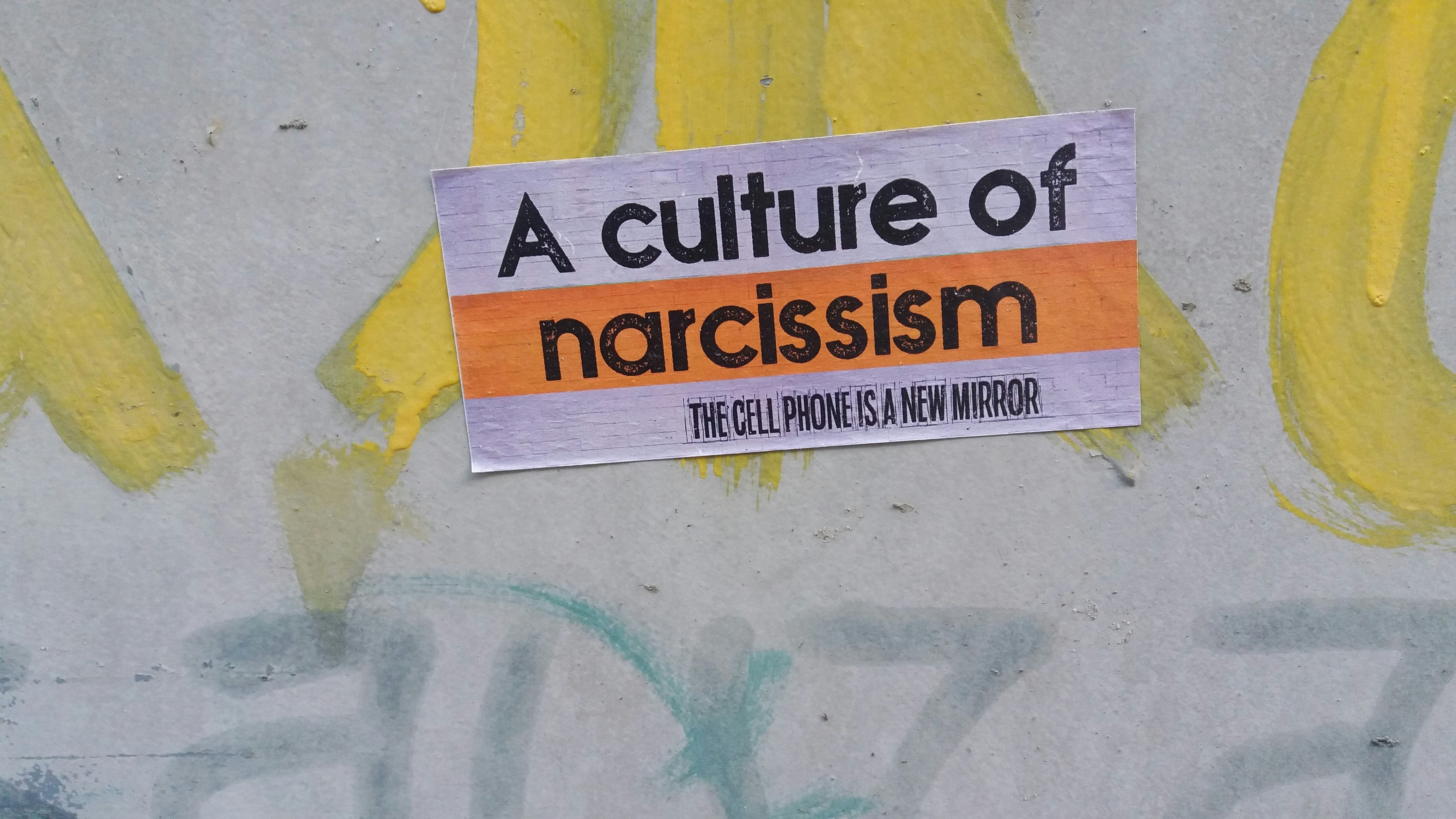

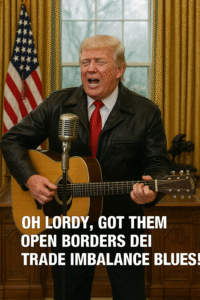

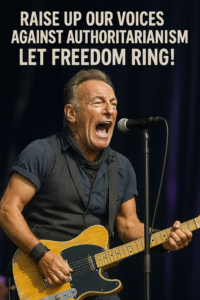
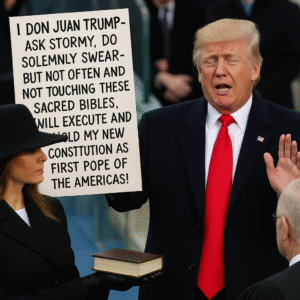
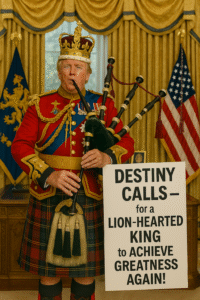 Brian Wilson, Britney & udio- Yes, Jesus too!!! Original Music courtesy of Brian M. Lane All Rights Reserved P c 2023, 2024, 2025+ MUSIC is LIFE, LOVE, BEAUTY, CULTURE, REALITY! INSPIRING and HEALING OUR HEARTS MAGICALLY!!! Sing, Dance, Love, Enjoy Life- By MUSIC, We’re All Speaking Our MOTHER TONGUE!!!!! UNSTOPPABLE HEARTS!!!!!
Brian Wilson, Britney & udio- Yes, Jesus too!!! Original Music courtesy of Brian M. Lane All Rights Reserved P c 2023, 2024, 2025+ MUSIC is LIFE, LOVE, BEAUTY, CULTURE, REALITY! INSPIRING and HEALING OUR HEARTS MAGICALLY!!! Sing, Dance, Love, Enjoy Life- By MUSIC, We’re All Speaking Our MOTHER TONGUE!!!!! UNSTOPPABLE HEARTS!!!!!